Lost to family for 79 years, World War II airman coming home to US for Tallahassee burial
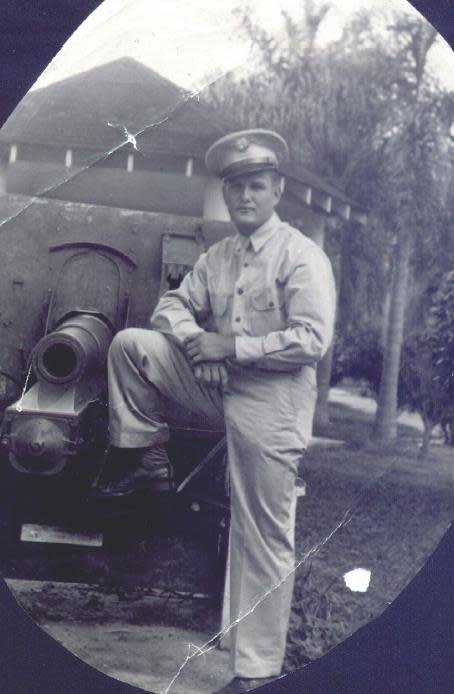
Fred Barton and his wife, Joan, have been waiting 79 years for this homecoming.
Chiefland resident Fred Barton is the nephew of the handsome young man known as Staff Sgt. William Wood, who on Aug. 1, 1943, perished during a bombing mission described as one of the most daring attacks of the war over Ploiesti, Romania.
Barton had only met his uncle as a toddler, but he is now the oldest living relative of the U.S. Army Air Forces gunnery specialist. Because of his DNA, Barton became one of several distant kin who would help to identify Wood’s remains.
In May, Barton learned that Wood had been identified and would be brought back to Tallahassee for a full-honors interment.
Situated halfway between Wood’s former home in Georgia and some distant cousins in Florida, the burial in the Tallahassee National Cemetery will happen Aug. 1, on the very day Wood’s Liberator B24 (“Hell’s Wench”) was shot down in a mission to destroy Romanian oil refineries — refineries from which the Germans pumped fuel for the tanks that were overrunning Europe.
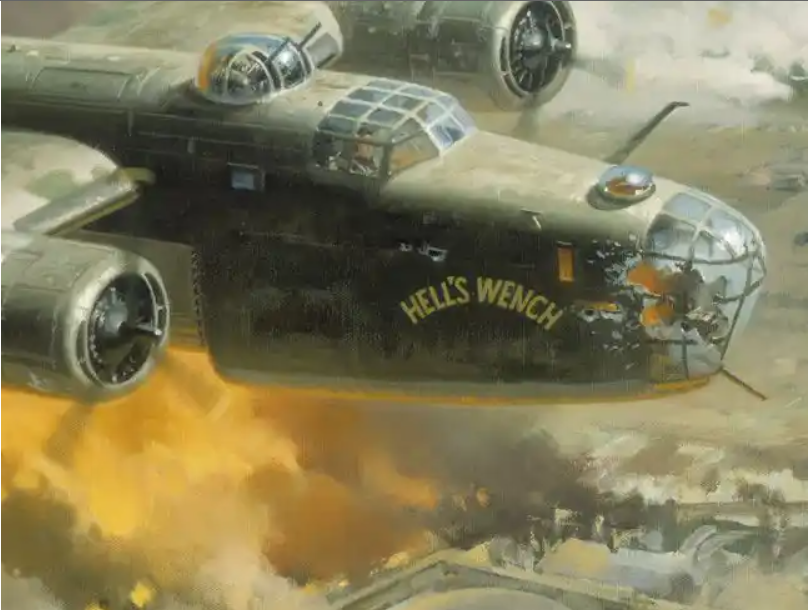
A staff sergeant’s final mission: Operation Tidal Wave
The story of the repatriation of Wood’s remains is one that involves dozens of devoted, usually veteran, military men and women, who treat the reuniting of a fallen military brother with their families much like they would a living comrade coming home.
Lt. Col. (Ret.) Jim Bell and Master Sgt. Yilder Zapata are two of the dedicated team who, under the auspices of the Department of Army Casualty Branch, shepherd the remains of deceased servicemen and women home.
They help the families with funeral and other services and provide information that had perhaps for decades been missing — all in an effort to honor and memorialize the fallen.
Joan Barton has almost memorized the contents of a book prepared by Bell.
“It is a black book that has everything about my husband’s uncle’s mission — and what happened after the plane was shot down,” she said. “It’s sad, but it is good to finally know these details.”
In August of 1943, war raged around the world. The Allies fought Germans in Sicily; Nazis had taken Denmark; the U.S. and Canada had invaded islands in the Aleutians; nearly 3,000 Romani were gassed at Auschwitz; and Operation Tidal Wave, Wood’s mission, would begin the mission to bomb oil refineries in Ploiesti, Romania.
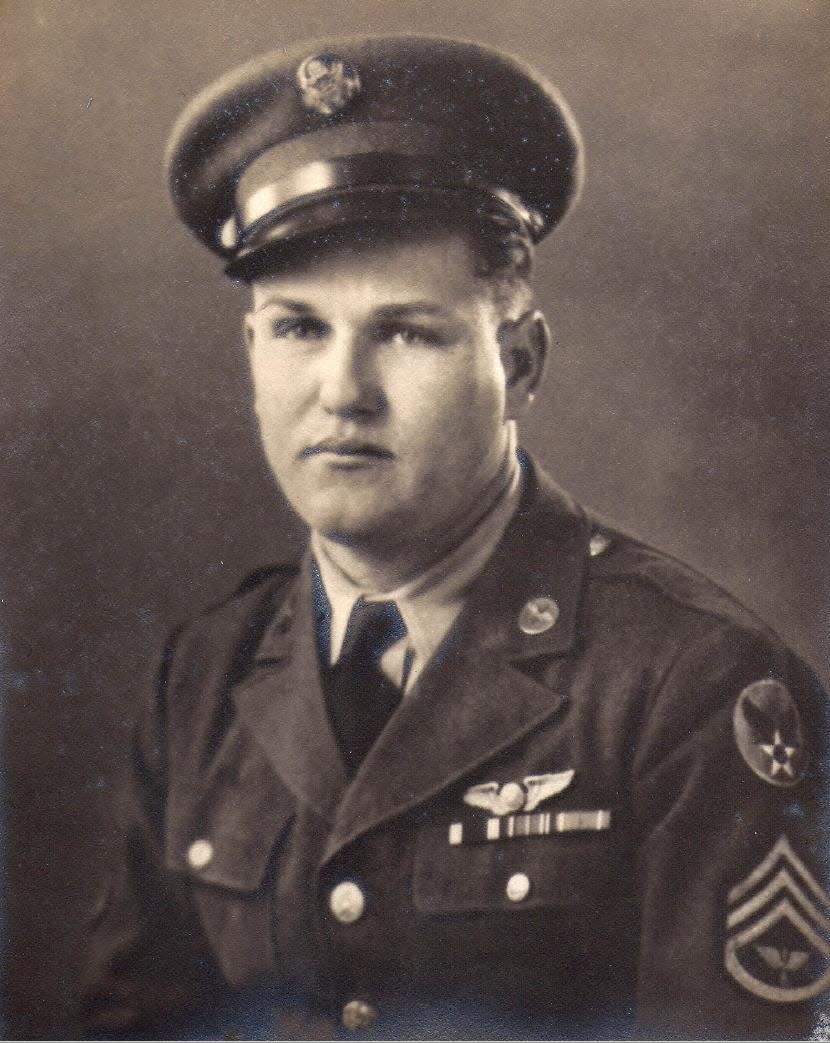
It was on the first day of the month of August in Benghazi, Libya, that 25-year-old William Wood climbed into the B24, situating himself firmly behind a machine gun and in the tail of the plane that would give him a sweeping view of oncoming aircraft.
Operation Tidal Wave would be the largest heavy bomber assault of an oil production site of the war. There were 177 Liberator heavy bombers with a total of 1,725 aircrew aboard. It would go on to have some of the greatest losses of any Allied operation to date. Fifty-one of the airplanes, each with a 10-man crew, would fail to return.
Bell, who provided all the information known about the bomber attack, says the details demonstrate the extreme danger of the mission.
“These planes are mostly used for high altitude bombing operations,” Bell said. “This attack would be launched at only altitudes of between 100 and 300 feet in order to provide more precise bomb delivery.”
But the entire perimeter of the petroleum plant was surrounded by artillery. And the Germans knew they were coming.
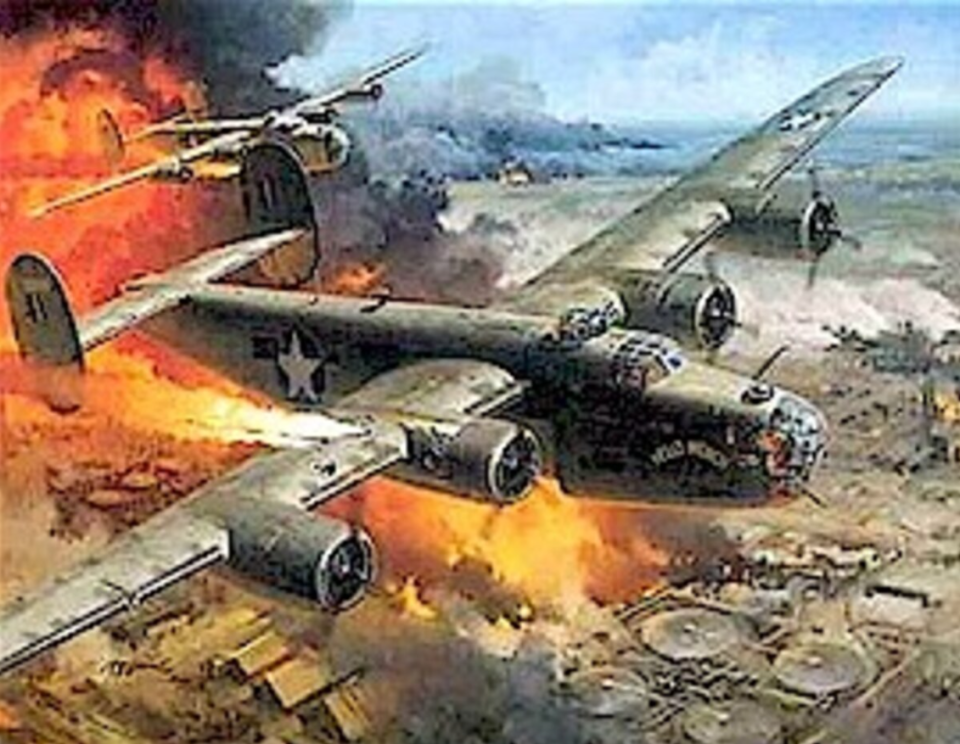
'A wrong turn' and a 'hero's burial'
Five bombardment groups were taking part in the mission. Communications, locating maps, target sights all would need to be coordinated carefully. However, as the attackers dropped in altitude, visibility became impaired — the Germans were setting off “smoke pots” to obscure the oil refinery.
The navigator in the lead plane in the group then “took a wrong turn.”
The second plane with Wood as gunner and piloted by Lt. Colonel Addison Baker attempted to call the pilot back despite radio silence, but unable to, proceeded forward with the mission.
"Hell’s Wench took so many hits that Baker had to jettison his bombs to stay airborne," according to a recounting of the mission in Air Force Magazine. "His formation, taking heavy losses as it bombed, turned the Columbia Aquila refinery into a mass of smoke and flames. Once through the inferno, Baker climbed high enough for some of his crew to bail out before Hell’s Wench gave out and plunged to the ground. No one survived."
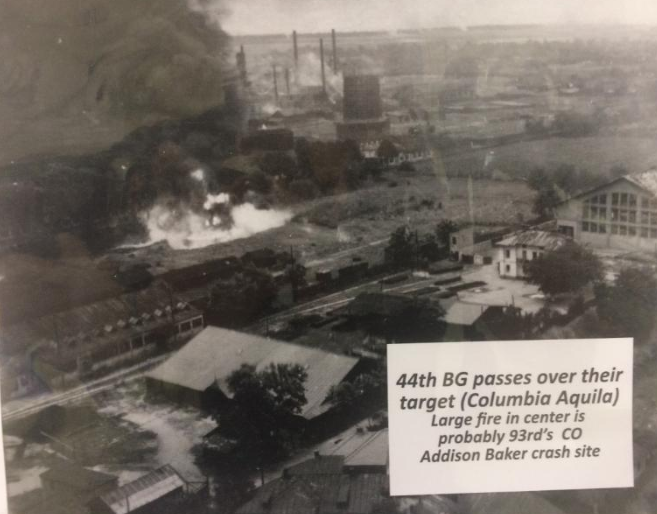
For his heroism in carrying out the attack despite all adversity, Addison Baker was awarded the Congressional Medal of Honor posthumously.
Others were honored too, Bell says.
“The Romanian civilians gathered as many of the American airmen as they could and gave them heroes’ burials in their own cemeteries.”
Remains unidentified
Later, unidentified military members would be relocated to the Unknowns in the Hero Section of the Civilian and Military Cemetery of Bolovan in Romania. After the end of World War II, the remains were disinterred for identification.
There were 80 servicemen who could not be identified and who were moved to the Henri-Chapelle American Cemetery in Belgium. There, for the next 74 years, Wood would wait to be brought home.
But the military does not forget its own.
In 2017, the Defense Pow/MIA Accounting Agency began exhuming unknown soldiers thought to be airmen from Operation Tidal Wave. Sent to the DPAA Laboratory in Nebraska, scientists began the daunting task of identification using the most up-to-date methods: anthropological analyses, mitochrondrial DNA, Y chromosome DNA, and autosomal DNA, among them.
Over the years, Wood’s mother had passed away. Then five sisters, a brother, and other relatives. But several, as well as nephew Frank Barton, had given samples of their DNA should it be of any help in the repatriation of the lost member of their family.
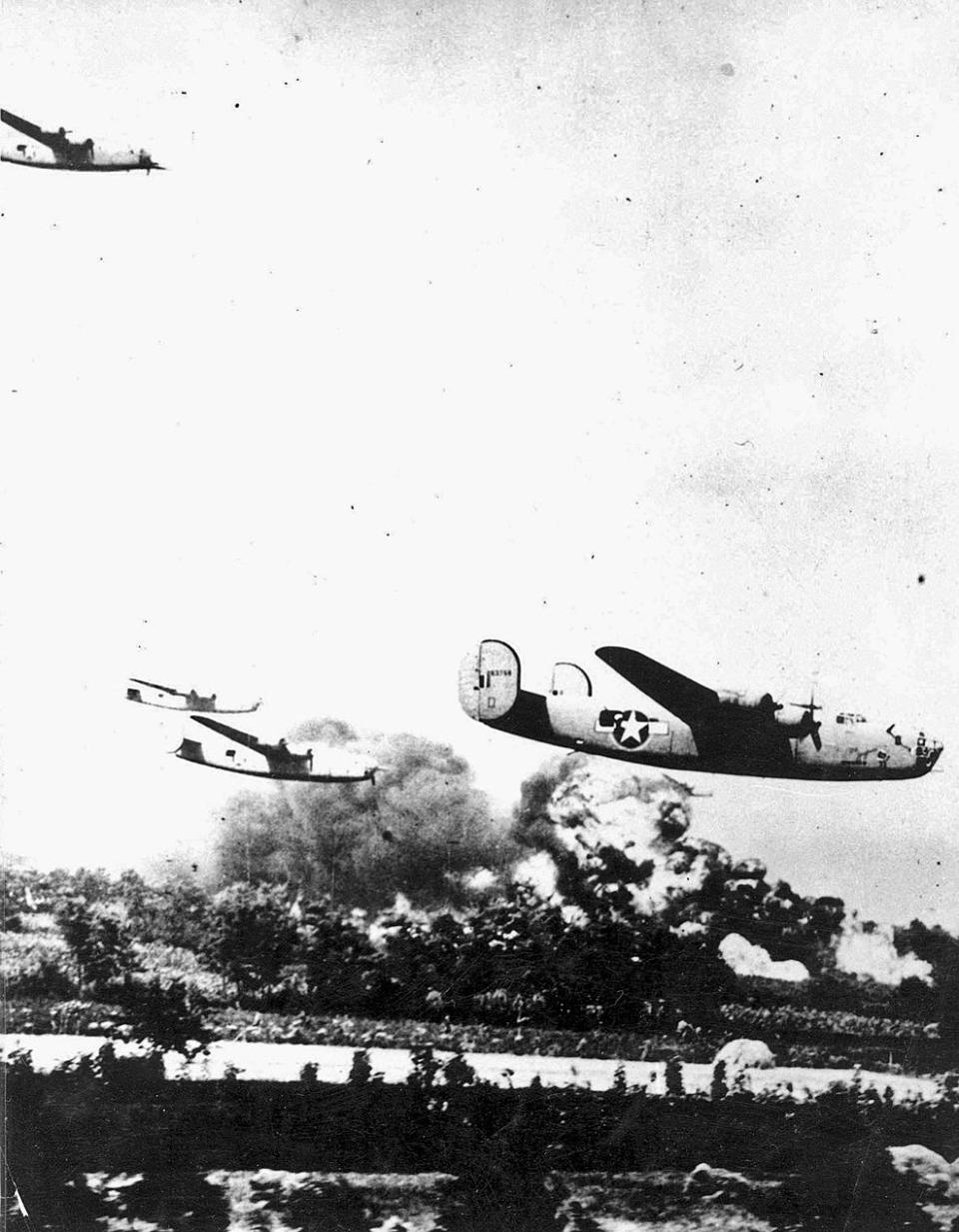
Then, “two months ago, out of the blue,” Joan Barton says, she and her husband got a call from the Army.
“They were sure they had made a positive identification of my husband’s uncle.” She says that “51 trillion positive matches” made them confident.
‘So many medals’
With the identification of William Wood, Jim Bell “linked arms” with Florida Casualty Assistance Officer Yilder Zapata, who has worked closely with the Barton family as to their wishes for the last resting place of their uncle.
Making arrangements with the funeral home, the national cemetery, and all other details have been in the hands of Zapata including coordinating the medals that will posthumously be awarded to Wood.
“He will be given so many medals,” says Joan Barton.
Indeed, Wood will receive 10 medals: The Purple Heart; Distinguished Flying Cross; The Air Medal with Oak Leaf; Army Good Conduct Medal; American Defense Service Medal; European-African-Mid-Eastern Campaign Medal with Silver Star; WWII Victory Medal; Presidential Unit Citation with Oak Leaf; US Army Enlisted Air Crew Member Wings; Honorable Service Lapel Button for WWII.
The service will take place in one of two pavilions on the Tallahassee National Cemetery’s campus on Aug. 1 at 2 p.m. The public is invited to attend.
Joan Barton says that she has been told there will be an Honor Guard with a 21-gun salute, and maybe even a fly-over by fellow airmen. It is sure that dignitaries will be in attendance as well.
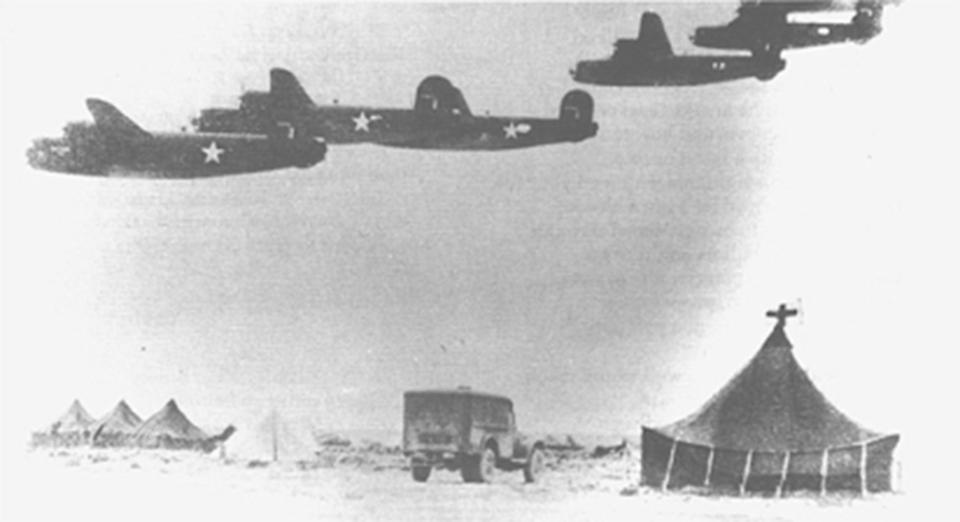
Bell, who every day deals in the reunions between the living and the dead, says that this is not a sad job.
Rather, “This is good news. What I have to tell them is something they may have been waiting for for years.”
Fred and Joan Barton, as the last members of the family, agree. They feel grateful that they are here to see William Wood’s homecoming — a lifetime between now and the time he left — but now a time for them to say “welcome home.”
Marina Brown can be contacted at mcdb100@comcast.net.
Never miss a story: Subscribe to the Tallahassee Democrat using the link at the top of the page.
This article originally appeared on Tallahassee Democrat: WWII gunnery Sgt. William Wood coming home to US for Tallahassee burial

